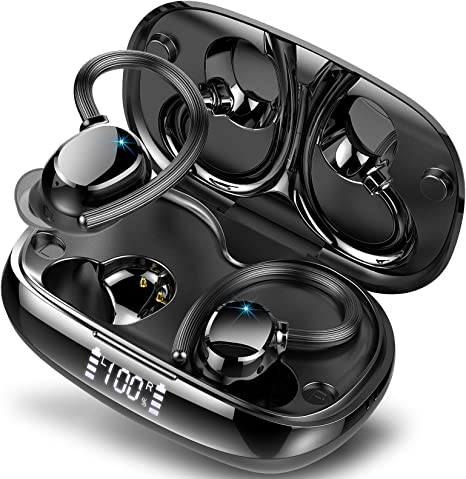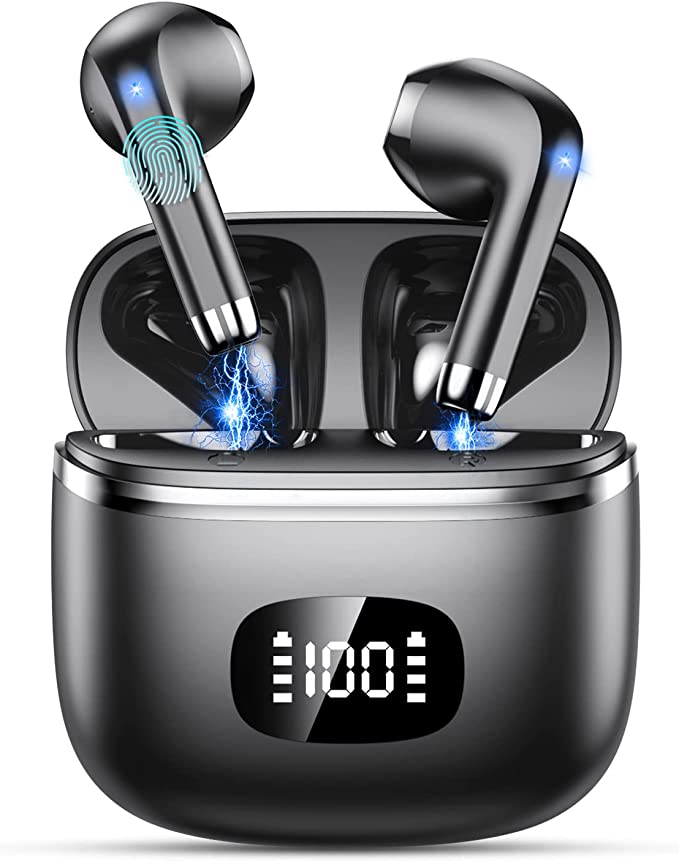PuroAir 240 HEPA 14 Air Purifier: The Science Behind Cleaner Indoor Air for Your Home
Update on April 27, 2025, 9:31 a.m.
Step inside your home. It’s your sanctuary, a place of comfort and rest. You’ve curated the furniture, chosen the colors, maybe even filled it with plants. It looks clean. But take a deeper breath. What are you really inhaling? The air within our seemingly pristine homes is often bustling with invisible guests: microscopic dust mite debris, pollen tracked in on shoes, shed skin cells from beloved pets, particles wafting from the kitchen stove, even volatile organic compounds (VOCs) quietly off-gassing from new carpets or cleaning supplies.
For many of us, especially the millions dealing with allergies or asthma, these unseen visitors aren’t just trivial annoyances. They can trigger sneezes, coughs, itchy eyes, and more serious respiratory issues. Even for those without specific sensitivities, prolonged exposure to poor indoor air quality (IAQ) can impact overall well-being, affecting sleep, concentration, and long-term health. Recognizing the profound importance of the air we breathe indoors, day in and day out, is the first step towards creating a truly healthier living environment.

Seeking Answers: When Technology Meets Breath
Fortunately, we’re not powerless against these airborne intruders. Modern science and technology offer tools to actively manage and improve the air quality within our homes. Among the most effective are air purifiers – devices specifically engineered to capture and remove particulate matter and other pollutants from the air circulating in a room.
One such device aiming to tackle this challenge is the PuroAir 240 HEPA 14 Air Purifier. It represents a category of appliances designed not just to filter air, but to do so intelligently and efficiently, adapting to the ever-changing conditions of a living household. But how exactly does it work? What’s the science behind its claims? Let’s delve deeper.

The Core Engine: HEPA Filtration’s Microscopic Battlefield
At the heart of the PuroAir 240, like many high-performing air purifiers, lies its filter. The description specifies a HEPA filter, a term you’ve likely encountered. HEPA stands for High-Efficiency Particulate Air. While the name “PuroAir 240 HEPA 14” might suggest a specific grade (HEPA H14 filters, by European standards, must trap 99.995% of particles at the most penetrating particle size, often around 0.1-0.2 microns), the product description focuses on a specific capability: based on independent lab tests, it’s shown to capture up to 99% of inanimate particulates as small as 0.1 microns. This ability to target such incredibly small particles is crucial, as these are often the ones that can bypass our natural defenses and travel deep into the lungs.
But how does a HEPA filter achieve this feat? It’s not just a simple sieve. It employs a fascinating combination of three mechanisms, working together like a microscopic obstacle course for airborne particles:
- Interception: Larger particles, following the flow of air, simply collide with and stick to the filter fibers as they pass close by – like a fly hitting a spiderweb strand it didn’t see coming.
- Impaction: Heavier, larger particles can’t easily change direction with the airflow as it bends around filter fibers. Due to their inertia, they continue in a straighter path and slam directly into the fibers, becoming trapped. Think of a speeding car unable to make a sharp turn.
- Diffusion: This mechanism is particularly effective for the very smallest particles (often below 0.1 microns). These tiny particles move erratically, bouncing off air molecules in a random pattern known as Brownian motion. This chaotic dance significantly increases their chances of colliding with and sticking to a filter fiber, even if the airflow path would have carried them around it.
The result is a dense, fibrous maze that effectively removes a vast majority of airborne particles like dust, pollen, pet dander, mold spores, and even some bacteria and virus-carrying droplets. The tangible proof often comes when it’s time to replace the filter – users consistently report seeing the initially white filter turned grey or black, visibly demonstrating the sheer amount of “invisible guests” it has intercepted from the air they would have otherwise breathed.
The Smart Sentinel: Air Intelligence That Senses and Responds
Indoor air quality isn’t a constant. It fluctuates dramatically throughout the day. Frying bacon can release a plume of smoke and grease particles. Vacuuming can stir up settled dust. Even just opening a window during high pollen season can invite a fresh wave of allergens indoors. Manually adjusting an air purifier constantly would be tedious and inefficient.
This is where the PuroAir 240’s “smart” capabilities come into play. It incorporates a Smart Particle Sensor, acting like a vigilant electronic nose, continuously monitoring the concentration of airborne particles in the room.
How does it “smell” the air? Typically, such sensors work using light scattering. A small internal fan draws air through a chamber where an infrared LED beam shines. When particles pass through the beam, they scatter the light, and a detector measures the amount and pattern of this scattered light. More particles mean more scattering, indicating poorer air quality.
The real magic happens in Auto Mode. When the sensor detects a spike in particle concentration – perhaps signaling cooking fumes, as several users have observed when their range hoods weren’t sufficient – the purifier automatically kicks into a higher gear. The fan speed increases, drawing more air through the filter more quickly to tackle the pollution surge. Once the sensor detects that the particle level has dropped back to a clean state, the purifier intelligently ramps down its fan speed, conserving energy and reducing noise. This automated responsiveness ensures the air is cleaned effectively when needed, offering true “set it and forget it” convenience. Often, a visual indicator light (reported by users to change from green to yellow/orange or red) provides immediate feedback on the current air quality status, making the invisible, visible.
Integrating into Daily Life: The Purifier’s Harmony with Home
Beyond the core technology, practical design considerations determine how well an air purifier fits into your life. The PuroAir 240 is specified to cover rooms up to 1,115 square feet. This suggests suitability for larger living areas, master bedrooms, or open-plan spaces, assuming standard ceiling heights and accounting for real-world factors like room layout and ventilation.
Operating the unit appears straightforward via its touch control panel. Users can manually select different fan speeds, set a timer for operation, engage a Sleep Mode, or activate the Child Lock – a thoughtful feature for households with curious toddlers or pets. The Sleep Mode is frequently praised in user feedback for its quiet operation, essential for undisturbed rest. While lower fan speeds are reported as very quiet, reviewers acknowledge that the highest setting, designed for rapid purification, is noticeably louder – an expected trade-off for moving a large volume of air quickly.
Physically, the unit is relatively compact (listed dimensions: 8.5”D x 8.5”W x 14.25”H) and lightweight (8 lbs), making it easy to relocate if needed, as users confirm. Its likely cylindrical design often incorporates 360-degree air intake, meaning it pulls air from all sides. For optimal performance, it’s best placed with some clearance from walls and furniture to allow unrestricted airflow.
Long-Term Companionship: Maintenance, Assurance, and User Echoes
An air purifier is not a one-time purchase; it requires ongoing care to maintain its effectiveness. The HEPA filter, the workhorse of the system, inevitably fills up with captured pollutants over time. The PuroAir 240 includes a filter replacement indicator to signal when it’s time for a change. How often this occurs depends heavily on usage patterns and the level of indoor pollution. Some users tackling significant odor issues (like persistent pet smells or the infamous teen boy sweat, as one review vividly described) while running the unit 24/7 on higher settings reported needing replacements around the 2-3 month mark. Others with less demanding conditions might find filters lasting longer, potentially over six months with intermittent use.
The cost of replacement filters (mentioned by users to be around $50) is a crucial factor in the total cost of ownership and something prospective buyers should consider. Think of it as the necessary investment for continuously breathing cleaner air.
Regarding quality assurance, the manufacturer states the product meets several standards, including ETL certification (listed in the specifications, indicating compliance with North American safety standards) and claims certifications like CARB (California Air Resources Board, related to ozone emissions), ISO, UL, and Energy Star. These certifications, if accurate, can provide some level of confidence in the product’s safety and efficiency.
PuroAir emphasizes its identity as a US-based small business. While this might appeal to consumers looking to support smaller enterprises, what stands out in the user feedback is the consistently positive commentary regarding their customer service. Several reviewers who initially encountered issues (like sensors seemingly stuck on “green” or other malfunctions) updated their reviews to praise the company’s proactive communication and effective problem resolution, often involving sending replacement units free of charge. This level of post-purchase support can significantly enhance the overall ownership experience and build brand trust.

Conclusion: Investing in Every Breath
In the quest for a healthier home environment, the PuroAir 240 HEPA 14 Air Purifier presents itself as a capable contender. It combines the proven particle-capturing power of HEPA-style filtration, targeting even very fine particulates according to manufacturer tests, with the convenience and efficiency of smart sensor technology that automatically adapts to changing air conditions. Its substantial room coverage, user-friendly controls, and features like a quiet sleep mode cater to practical living needs.
While the ongoing cost of filter replacement is an inherent aspect of maintaining high-efficiency purification, the visible results on used filters and the positive user experiences regarding odor reduction and dust capture suggest tangible benefits for many. Furthermore, the strong customer support reported by users adds a layer of reassurance.
Ultimately, choosing an air purifier is about more than just buying an appliance; it’s an investment in the quality of the air you and your family breathe every single day. By understanding the science behind how devices like the PuroAir 240 work, considering their features in the context of your own home and needs, and factoring in long-term maintenance, you can make an informed decision. Taking proactive steps to manage your indoor air quality is a meaningful way to cultivate a healthier, more comfortable sanctuary for yourself and your loved ones. Because every breath matters.


















